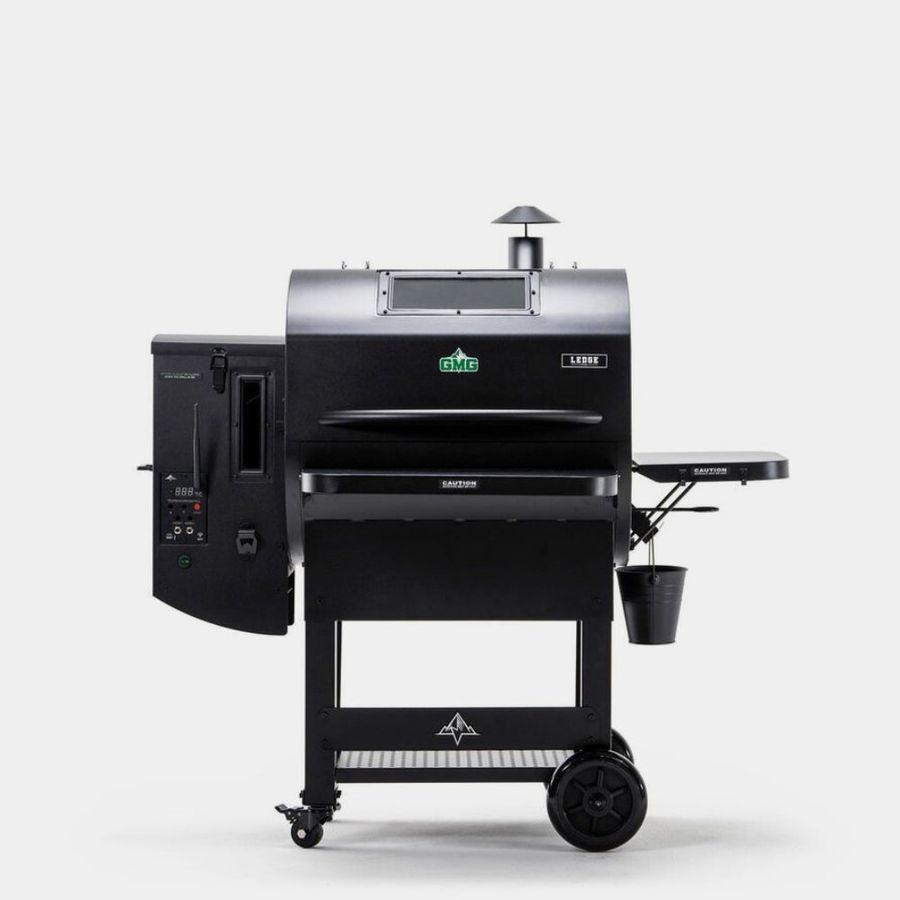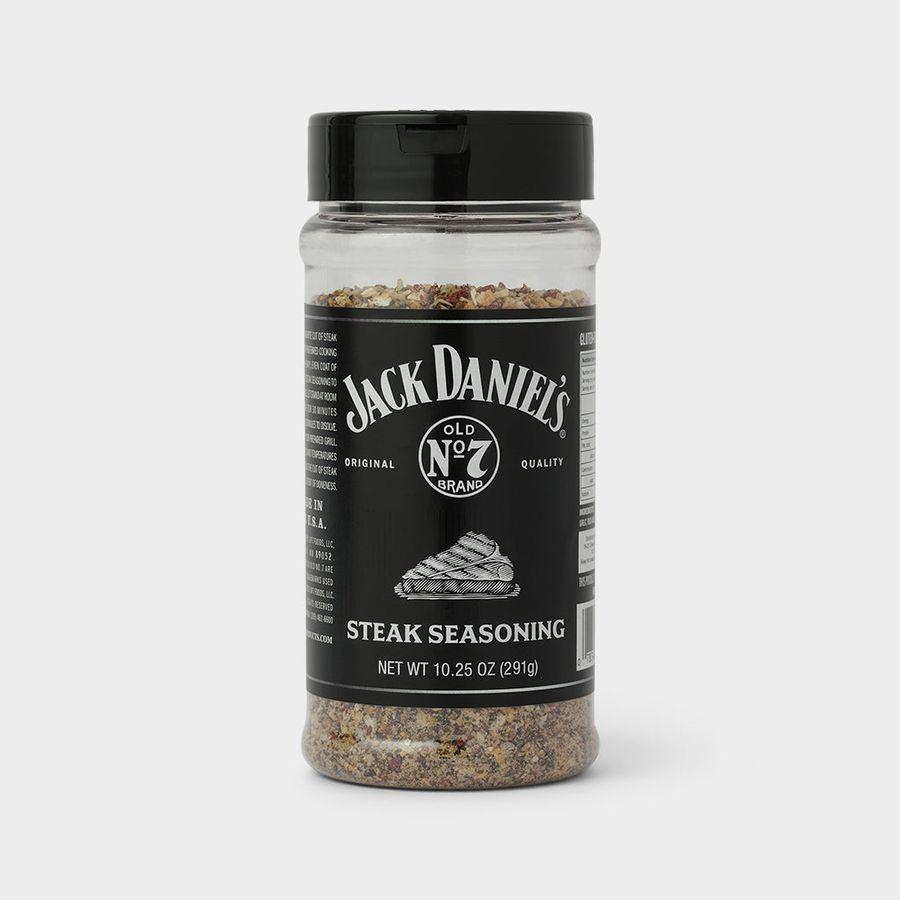Enrich your flavours with a top-of-line smoker and take your grilling game to new heights. Smokers are a great way to get a rich BBQ flavour from the comfort of your own home.
Backyard BBQs are transformed into a delicious culinary experience with Hark BBQ’spremium range of BBQ smokers and convenient electric smokers made for easy use. If you’re new to electric smoking or just looking to brush up on your skills, we’ve created a comprehensive guide to walk you through everything you need to know.
From prepping your smoker to troubleshooting issues, this guide will help you achieve the grillmaster title and make for an absolute smoke show.
Prepping the Smoker
Before plugging in your electric smoker, there are a few things we need to cover. The first thing you need to do is prep your smoker for use. Start by giving your smoker a thorough clean to remove any residue from manufacturing. If there’s one thing sure to ruin your BBQ, it's the taste of chemicals. Use warm water and a degreaser detergent to scrub away any unwanted nasties.
The next step to achieving smoky goodness is to season your smoker. To do this, coat your smoker in a high burn-point oil and crank up the heat. We recommend using charcoal and fire starters to really get the fire burning. Make sure your exhaust is completely open to allow for the greatest amount of airflow.
Once your smoker is lit, allow it to reach at least 130-135 degrees Celsius for 2-3 hours. This will burn off any leftover solvents or production chemicals.
Choosing the Right Wood
Now that we’ve covered those first steps, it’s time to get into the details. If you’re new to using a smoker, one of the most important things you need to know is how to choose the suitable wood.
The type of wood you choose can make or break your BBQ banquet. Here’s a quick guide to some popular options:
- Hickory: Provides strong, hearty flavour
- Mesquite: Delivers a bold, intense flavour that pairs well with beef
- Apple: Adds a hint of sweetness perfect for poultry or fish
- Cherry: Offers a fruity, slightly tart flavour, a good all-rounder for most meats
Temperature Control
Electric smokers are known for their consistent temperature control, but it’s up to you to maintain the right temperature. To get the best results, set the temperature according to your recipe or meat type. An external meat thermometer is a great way to control the temperature and avoid burning. Electric thermometers even offer in-app controls that let you check and manage the temperature of your meet from the comfort of your couch. If you notice any temperature fluctuations, check the smoker’s settings and adjust accordingly.
Maintain Moisture
Arguably one of the biggest challenges when cooking meat is keeping in the moisture. There are a few ways you can do this. Firstly, create a water bath by placing a pan of water in the smoker to maintain humidity and help prevent the meat from drying out. Secondly, during the smoking process, we recommend spritzing the meat with a mixture of water, apple juice or vinegar, depending on your desired taste. If cooking burgers, try placing an ice block in the centre of the patty.
Smoking Different Meats
When it comes to perfecting your smoking technique, it’s important to tailor your process according to what meat you’re cooking. Different types of meat require different smoking times and techniques:
- Pork: Ribs and butts are a popular choice. Pork generally benefits from longer smoking time at lower temperatures. Keep it low and slow!
- Beef: Brisket and beef ribs require careful monitoring. Keep an eye on the internal temperature with a meat thermometer. We recommend using an electric thermometer to really master your meal.
- Poultry: Chicken and turkey like it hot. Smoke at higher temperatures to ensure they reach a safe internal temperature.
Cleaning and Maintenance
Look after your smoker, and it will look after you. Proper cleaning and maintenance will extend the life of your smoker and ensure consistent performance. To keep your smoker in top shape:
- Clean after each use: Wipe down the interior and exterior to remove any leftover food.
- Empty the drip tray: Make sure to empty and clean the drip tray to prevent grease buildup.
- Inspect regularly: Check for any signs of wear and tear and address problems right away.
Troubleshooting and Common Issues
If you encounter any problems, it’s important to address them before continuing to use your smoker. Here are some common issues you may run into and possible solutions. Make sure to always check with a professional if you’re not sure what you’re doing:
- Temperature inconsistencies: Temperature inconsistencies are often caused by the thermostat. Check to see if the thermostat is working properly and check for any air leaks.
- Uneven cooking: Rotate the meat occasionally to ensure even exposure to smoke, and make sure to clean your smoker regularly to prevent buildup of grease and leftover food.
- Smoker not heating: Verify the power supply is stable, and heating element is working correctly.
By following these tips and tricks, you’ll be well on your way to mastering the art of grilling and impressing your friends and family with delicious, perfectly smoked meats in no time. Happy smoking!










